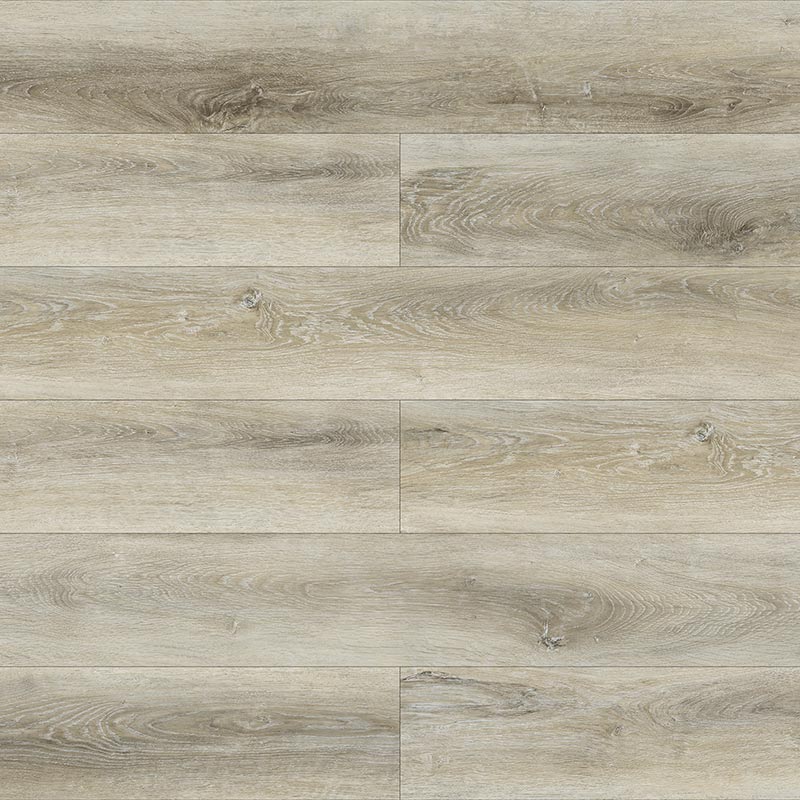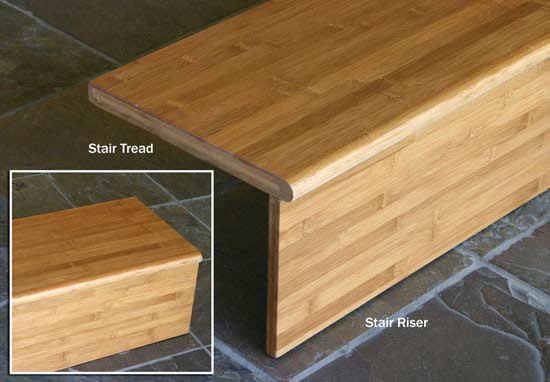Learn everything about the classic design detail.
Every item on this page was hand-picked by a House Beautiful editor. We may earn commission on some of the items you choose to buy. Carpet Tiles Commercial

Wainscoting is a relatively quick, easy, and affordable way to add architectural detail to your home without a full gut renovation. But what is wainscoting exactly? Merriam-Webster defines it as "a usually paneled wooden lining of an interior wall, a lining of an interior wall irrespective of material, and the lower three or four feet of an interior wall when finished differently from the remainder of the wall."
Interior designer Heidi Caillier appreciates wainscoting for the budget-friendly statement it makes. "I love to use it in bathrooms on the main walls," she says. "Tiling a full bathroom can be quite expensive, and wainscot is a way to make a room that is almost entirely hard finishes feel a bit softer." She also suggests using the accent in new homes to help them feel more established.
Because of its wide appeal (from Bridgerton-inspired Regency-era homes to Park Slope brownstones), you don't need to worry about wainscoting ever looking outdated or going out of style. For interior designer Erin Conway of Kismet House, wainscoting is timeless because it was never a trend to begin with. "The difference is a design style that is trending is simply a timeless option that’s been around forever and is having another big moment in design," Conway says. "It never goes out—it’s just not always 'in.'" Trends, however, are short-lived blips on the design radar that have not proven to stand the test of time."
Read on to learn everything you need to know about timeless, trend-proof wainscoting panels, from how much it costs to different wainscoting styles and the best places to use them.
A commonly used decorative element in traditional and classical design styles, wainscoting is beloved for its ability to break up a room visually and give the appearance of higher ceilings. The wood paneling's original purpose, however, was protective: It was conceived of as a thin barrier to protect walls from scuffs and stains. Wainscoting was also used in Victorian homes as a sign of opulence and wealth and is commonly seen in prewar apartments and homes.
These days, you may be more familiar with the types of wainscoting that are used for shiplap and beadboard paneling. It still gives your walls resiliency, which is why it's a great choice for high-traffic areas like mud rooms and bathrooms as well as dining rooms. It can deliver big on texture, color, and personality too. Wainscoting is also incredibly DIY friendly since it's affordable and requires very few supplies: just wood panels or strips, a nail gun, and wood glue (the latter is optional, but we recommend using it for maximum staying power).
The golden rule for installing wainscoting is that the height should be one-third of the way up your walls. This applies to chair rail molding or half-wall wainscoting only. Picture frame molding and raised-panel wainscoting can be installed at varying heights depending on the room's proportions.
Wainscoting is not the same as elaborate paneling or crown molding. As opposed to individual strips of wood, wainscoting comes in large sheets or in thin strips that are ready to apply directly to drywall or plaster.
Wainscoting makes a big impact without breaking the bank. According to Realtor.com, wainscoting has an average price of $5.50 per square foot, including professional installation. However, the materials can be found for much less if you opt for plywood or MDF as opposed to solid wood. You can also save money by installing them yourself.
Different wainscoting styles can create different effects in your home, from sharp and angular to soft and rounded. We asked designers to share how they use them to best effect, and sourced ready-to-use panels to jump-start your DIY project.
The most traditional type, raised panel wainscoting is the only one that requires a professional to create the beveled edges of each individual panel. Wood trim is then placed on top for a decorative finish. Picture classic Victorian interiors for raised-panel inspiration.
The easiest kind of wainscoting to DIY because of its pre-cut construction and lightweight maneuverability, wall panel consists of thin strips of wood or molding that are attached directly to the drywall or plaster (your bare wall). This creates the look of rectangular frames that are raised against the flat wall.
Like the name suggests, flat panel or Shaker panel wainscoting consists of thin boards of plywood or MDF that are attached to the walls. You can then decorate the boards with molding or strips of wood to create the signature framing. The benefit of flat panel is that the frames are not attached directly to your interior walls.
Caillier recommends avoiding flat panel wainscoting with hard angles if you're looking to add softness rather than structure to a room. "Doing something like a straight Shaker edge or a shiplap instead of a v-groove can completely change the look and feel," she says. "We prefer details that have a softer edge or a V-groove or bead."
Often called beadboard, this type is a long sheet of already connected wood paneling with vertical grooves. Designer Chloe Warner of Redmond Aldrich Design prefers beadboard for its formality. "My favorite way to use it is as paneling in a dining room," Warner says. "It allows whatever is happening above it to feel extra special and to break up a full wall."
Kate McGregor is House Beautiful’s SEO Editor. She has covered everything from curated decor round-ups and shopping guides, to glimpses into the home lives of inspiring creatives, for publications such as ELLE Decor, Domino, and Architectural Digest’s Clever.
How to Style Your Bookcase Like a Designer
How to Pick the Right Paint Finish for Every Room
Is a Foyer Different From an Entryway?
70 Genius Decorating Tips From Interior Designers
How to Feng Shui Your Home
How to Choose the Right Curtain Length
A Design Lover's Guide to Gothic Architecture
The Most Iconic Colors by Decade
The Difference Between a Condo and an Apartment
How to Make Sure Your Home Is Accessible—Forever
The Ultimate Guide to Every Interior Design Style
Everything You Need to Know About Soapstone
A Part of Hearst Digital Media
We may earn commission from links on this page, but we only recommend products we back.

Ceiling Panels ©2023 Hearst Magazine Media, Inc. All Rights Reserved.